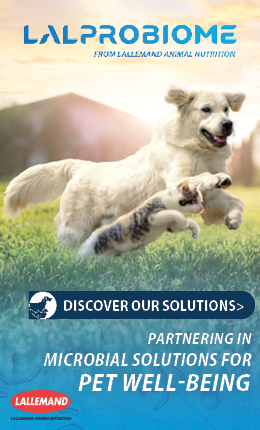Can you guess the age of the oldest living dog?
Guinness World Records states that the world's oldest dog was the Australian cattle dog Bluey. She lived from almost 29 years old until she died in 1939. Currently, the oldest living dog is called Spike, and he is 23 years old. Spike is a rescued Chihuahua mix.
Scientists have disproved that one dog year equals seven human years
Dog owners have often counted one human year as seven dog years. However, researchers have concluded that this is a myth, as a new study shows that dogs do not age at this rate.
Researchers at the University of California San Diego School of Medicine have found a new way to calculate a dog's age. The findings suggest a one-year-old dog would have a 'human age' of about 30. By the age of four, they would be approximately 54 years old in 'human years,' and by 14, they would reach the mid 70's.
It turned out that the Labradors used in the research have an expected lifespan of 12 years in dogs, which is 70 years for a human. This is almost the same as the average life expectancy of people in the world. The researchers point out that it is crucial to find out what kind of age a dog is, especially considering that the vet makes health decisions based on this.
Our four-legged friends are living longer than before
We also know that the life expectancy of pets is changing. In some parts of the world, pets' life expectancy has risen by 230%. One source found that the life expectancy of dogs has doubled in the past four decades, and house cats now live twice as long as their wilder counterparts. The average life expectancy of USA dogs increased from 10.5 years to 11.8 years between 2002 and 2016, which is a growth of 11.4%.
Researchers have identified key factors driving the overall increase in life expectancy. Among many reasons why that happens, it seems that owners are gaining a greater understanding and awareness of pet health needs. More than that, a higher vaccination level, better nutrition, and a shift to raising more animals indoors have reduced medical issues.
Everyone wants to own a pet
Pet ownership is rising globally, particularly in millennial households, which tend to be smaller families and have children later in life. Demographic changes, rising income levels, and the Covid-19 pandemic have driven more people to adopt pets.
More than half of the global population has a pet at home. There are likely over a billion pets worldwide and around 38% of all households in the European Union own a pet today. Across all European households, there are more than 110 million cats and 90 million dogs. Among these households, live approximately:
- 113 million cats
- 92 million dogs
- 1 billion other companion animals, including.
- 52 million birds
- 30 million small mammals
- 16 million fish and aquaria animals
- 11 million reptiles
We spend more money on pets than ever
Pet owners have also been spending more on healthcare and treatments for companion animals in recent decades. In the United States alone, consumers spent an estimated $123.6 billion in 2021 on pets and pet-related products.
Over 50% of animal health products sold in 2021 were for household pets, a switch from just 4 years before (2017) when livestock products were the majority. In the EU, pet owners spend nearly €22 billion on pet food each year, with an average annual growth rate of 2.8%.
Spotlight on innovations in pet health
As pets grow older, they are also facing new health challenges. A growing pet population means a greater need for veterinary care. How veterinarians deliver care for pets and the kinds of illnesses and diseases they can treat are rapidly changing. New technologies and treatments can help veterinarians and pet owners adapt.
This report from Health for Animals shows that artificial intelligence and machine learning are powering tools that help veterinarians deliver an increasingly rapid and accurate diagnosis of diseases in pets. This allows for earlier treatment, which offers a greater chance of success and a lower impact on animal welfare.
'Big data' tools can leverage the accumulated diagnostic profiles of countless animals to pinpoint new risk factors for illnesses like cancer and facilitate better preventative action.
By Qrill Pet
You could be interested: The 27th Edition of Pet Fair Asia Will Take Place From 20 to 24 August 2025 in Shanghai, Marking The Largest Event in its History
Market Information
07/08/2025
The American Pet Products Association (APPA) Releases 2025 Dog & Cat Report, Revealing a New Era of Pet Ownership
29/07/2025

















































